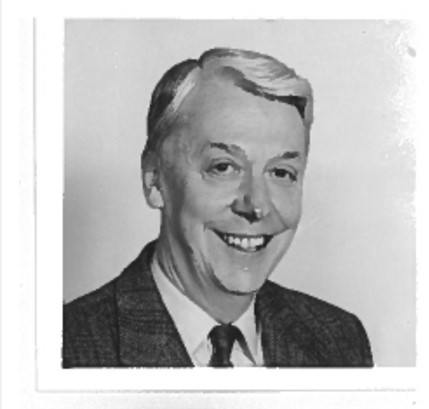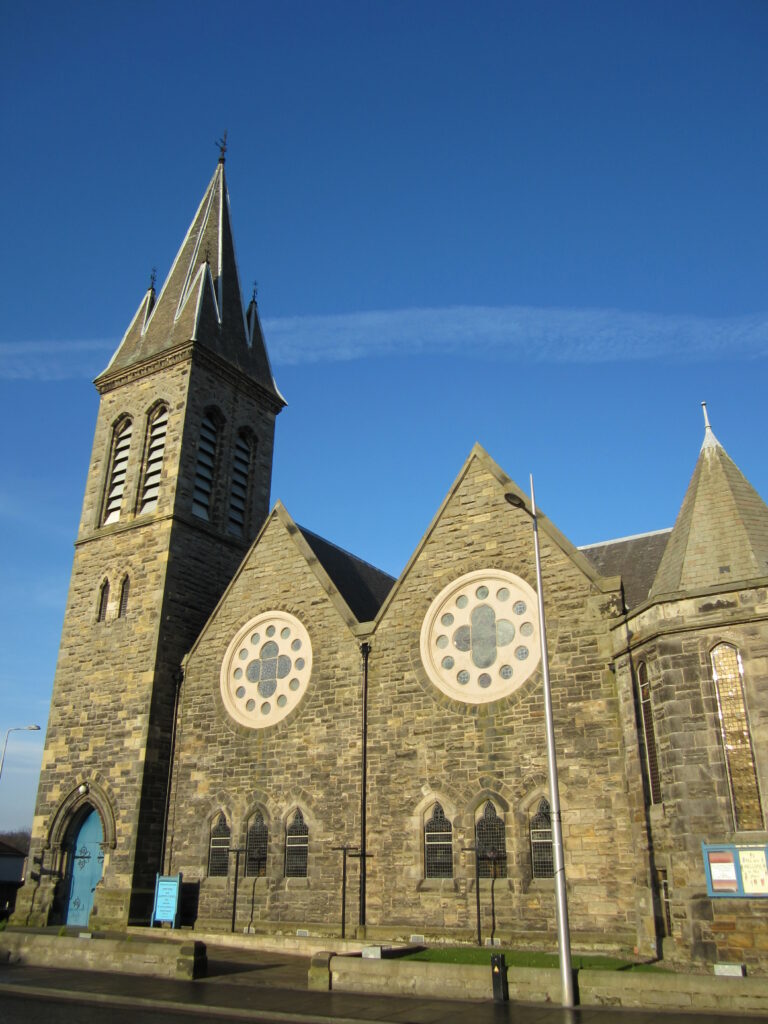Legacy of a Theorist: John Mackintosh Howie’s Enduring Influence at St Andrews
At the historic University of St. Andrews, John Mackintosh Howie’s appointment as the Regius Professor of Mathematics in 1970 introduced an era of remarkable scholarly progress. His academic achievements, combined with substantial contributions to Scottish education, compose his ever-lasting legacy.
Semigroup Theory
Semigroup theory, a branch of algebra that Howie helped pioneer, became a central point of his research. During his time at St. Andrews, Howie’s fundamental publication “Introduction to Semigroup Theory” arrived at a vital moment when the field was rapidly developing. His 1976 work, characterised by its clarity and approachable style, provided a contrast to the exhaustive encyclopaedic works that preceded it. This book, appearing as the discipline was gaining force, became a base that shaped the path of research and teaching in semigroup theory. It was widely renowned for its neatness and readability, making it an indispensable reference that continues to be cited in contemporary mathematical discourse.
Educational Influences
Howie’s pedagogical approach, marked by thoughtful and clear explanations, allowed him to effectively guide numerous research students, many of whom went on to become distinguished academics. His role as an educator, combined with his administrative duties such as serving as Dean of Science, solidified his stature as a leader committed to academic excellence.

Image credit: School of Mathematics and Statistics, University of St Andrews
Howie’s influence extended into the broader educational landscape with the Howie Report of 1992. His radical yet insightful recommendations for a dual system of academic and vocational education set the stage for later reforms in Scottish education, notably influencing the Higher Still initiative, which aimed to produce a flexible and unified secondary education system. Although not fully adopted at the time, Howie’s ideas provided a foundation for a more inclusive and flexible educational system, fitting for the needs of the 21st century.

Image credit: FHL2, CC BY-SA 4.0 DEED via Wikimedia Commons.
Musical Pursuits
Beyond academia, Howie’s deep love for music became an essential part of his life and the community of St. Andrews. His role as an organist and choir director at Hope Park Church, now St Mark’s Parish Church, and the founding of the St. Andrews Chorus, revealed the harmony between his mathematical mind and his artistic passion. These musical aspirations, which he balanced alongside his academic responsibilities, enriched the life of the university town.
A Lasting Impression
Remembered for his amiable nature and perfect pitch, Howie was more than a mathematician; he was a cultural icon in St. Andrews, known for his contributions to town and gown alike. His sociable presence, often felt during informal coffee hours, made him admirable to colleagues and students. The overwhelming attendance at his memorial service testified to the respect and affection he amassed throughout his life.
John Mackintosh Howie was a exemplar of academic excellence, public service, and cultural enrichment. His multifaceted legacy at St. Andrews is a beacon that continues to inspire dedication to education, mathematics, and the arts. As an educator, he shaped the intellectual journey of countless students, leaving a lasting imprint on the mathematical community and beyond. His life’s work, devoted with a passion for knowledge and the arts, exemplifies the transformative power of learning.
Author
Veronika Volodko

